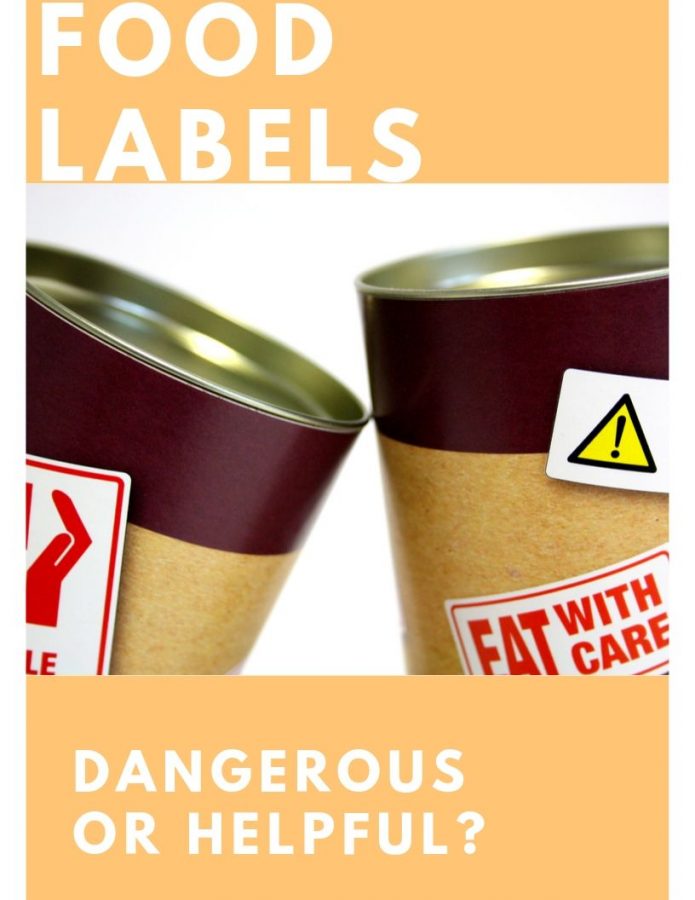We all know about the nutrition facts that come with all the food items we purchase. It is a guide to inform the viewer as to what they are consuming. Nutritional facts are FDA approved so we all trust what the label displays. However, nutritional facts can actually be misleading. The law allows a margin of error up to 20 percent. The FDA has never established a system where companies must comply with the law it’s expected to be self-enforced according to usnews.com.
The leeway for error is unusual since it is approved by the FDA which concerns food. This shouldn’t cause any panic. The calories listed on the label fluctuate during the process of preparing and cooking the food and consuming it as it goes through our digestive system. The bacteria in our intestines absorb an average of 150 calories per day according to precisionnutritions.com. Therefore, for the calories to be mislabeled is fine. When meats, eggs, and potatoes are cooked the calorie amount increases significantly, varying from 35%-91% specifically for these three foods.
Due to the fact that numerous things that can alter calories, it’s hard to predict the total amount of calories in food. Everybody absorbs and processes calories at a different rate. We also don’t absorb everything that is in the food we eat. Calories have the ability to pass through us undigested and this can change from food to food. This does not mean people should disregard the number of calories displayed on the nutritional facts label. Just be mindful that the number you see may not be the number you get.
Things such as “trans-fat-free” on a label could very well be a lie. As long as a product contains fewer than 0.5 grams of trans fats per serving they are allowed to put “trans-fat-free” on the label according to healthline.com. Things like this are just there to catch the shopper’s eye. Most of the time it’s a trick to get the consumer to buy the product. The average grocery shopper does not look at the nutrition facts.
A food label saying natural does not necessarily mean that the product is natural. It could very well just mean that it used a natural source like apples or rice. Like milk really just has vitamin D added to it. The FDA polices terms like “light, “lite”, and “healthy”. However, there is no legal definition of natural that companies have to follow. Meaning they can say whatever makes the product more appealing to consumers as long as it meets their quota of the word.
These false labels speak about processed foods mostly. People in the United States know that everything these companies use is not listed on the ingredients. The real problem is that the FDA allows things in foods that can harm us. Red dye in Doritos and Cheetos has been shown to cause migraines. They are also no safety testing for engineered foods according to therichest.com. It is important to watch what we consume and make sure we stay away for processed food as much as possible.













